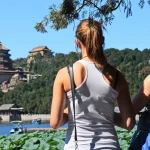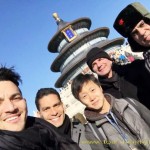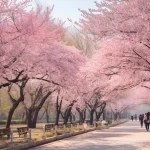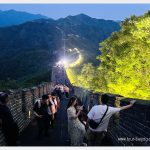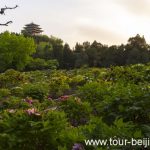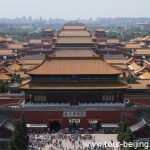Langmusi Trip, My Trip to Langmusi
Plan your Gansu tour? A side trip from Lanzhou to Langmusi is worth your time going deeper in the southern Gansu. “Langmusi” in Chinese literally “Langmu Temple”. But actually it is the name of the small town bordering Gansu in the north and Sichuan in the south. “Langmu” in Tibetan means “Fairy”. The legend has…
